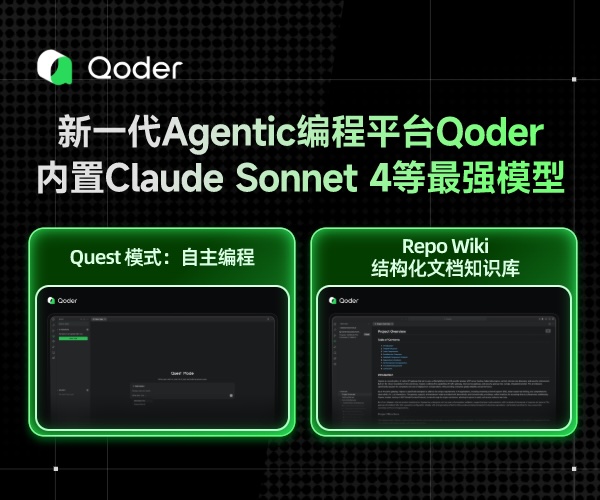测试ADB Pipe的封装
封装ADB Pipe 模块
import os
import subprocess
import sys
from subprocess import *
import threading
import setting
class commandPipe():
def __init__(self,command,func,exitFunc,readyFunc=None,shell=True,stdin=subprocess.PIPE,
stdout=subprocess.PIPE,stderr=subprocess.PIPE,code="GBK"):
'''
:param command:命令
:param func:正常的输出函数
:param exitFunc:异常反馈函数
:param readyFunc:当管道创建完毕后调用
'''
self._thread = threading.Thread(target=self.__run,args=(command,shell,stdin,stdout,stderr,readyFunc))
self._code=code
self._func=func
self._exitFunc=exitFunc
self._readyFunc=readyFunc
def __run(self,command,shell,stdin,stdout,stderr,readyFunc):
'''私有函数'''
global tmp
try:
self._process=subprocess.Popen(
command,
shell=shell,
stdin=stdin,
stdout=stdout,
stderr=stderr,)
except OSError as e:
self._exitFunc(e)
fun=self._process.stdout.readline
if readyFunc!=None:
threading.Thread(target=readyFunc).start()
while True:
line=fun()
if not line:
break
try:
tmp=line.decode(self._code)
except Exception as e:
print(e)
self._func(tmp)
self._process.stdout.close()
def start(self):
self._thread.start()
def close(self):
#self._process.stdout.close()
self._thread.join()
del self
调用
import setting
from commandPipe import commandPipe
class runCmd():
instance=None
def __new__(cls, *args, **kwargs):
if cls.instance is None:
cls.instance = super().__new__(cls)
return cls.instance
def __init__(self,name):
self.name=name
def exitFunc(self,exception):
print("Exception is {}".format(exception))
def readyFunc(self):
print("Start running the command: {}".format(self.name))
def func(self,line):
self.line=line
print("The standard output for {} is {}".format(self.name,line))
def run(self):
#tmp=self.name
s="setting.{}.cmd".format(self.name)
#cmd=(setting.{}.cmd)
E= commandPipe(eval(s),self.func,self.exitFunc,self.readyFunc)
E.start()
E.close()
return self.line
if __name__=='__main__':
test=runCmd("deviceId").run()
setting.py 中设置adb的运行命令
from collections import namedtuple
'''
利用namedtuple 设置变量
'''
default=[None,None]
ConfigItem=namedtuple("ConfigItem",["cmd_name","cmd"])
#获取电脑上链接的设备id
deviceId=ConfigItem(cmd_name="device_Id",cmd="adb devices | sed -n '2p' | awk '{print $1}'")
#获取app的内存
meminfo=ConfigItem(cmd_name="meminfo",cmd="adb shell dumpsys meminfo packageName | sed -n '2p' |awk -F " " '{print $2}'")
#获取app的CPU
cpuinfo=ConfigItem(cmd_name="cpuinfo",cmd="adb shell dumpsys cpuinfo | grep packageName |awk -F " " '{print $1}'| awk '{SUM+=$1}'END'{print SUM}'")
#获取app(设备)的FPS数据,这个计算的是加载时长,计算是 1000/(fps/1000/100)
fpsinfo=ConfigItem(cmd_name="fpsinfo",cmd="adb shell dumpsys SurfaceFlinger --latency SurfaceView[packapgeName]#0 | sed -n '1p' |awk -F 'print {$1}'")
#获取页面加载时长,计算页面渲染时间


 浙公网安备 33010602011771号
浙公网安备 33010602011771号